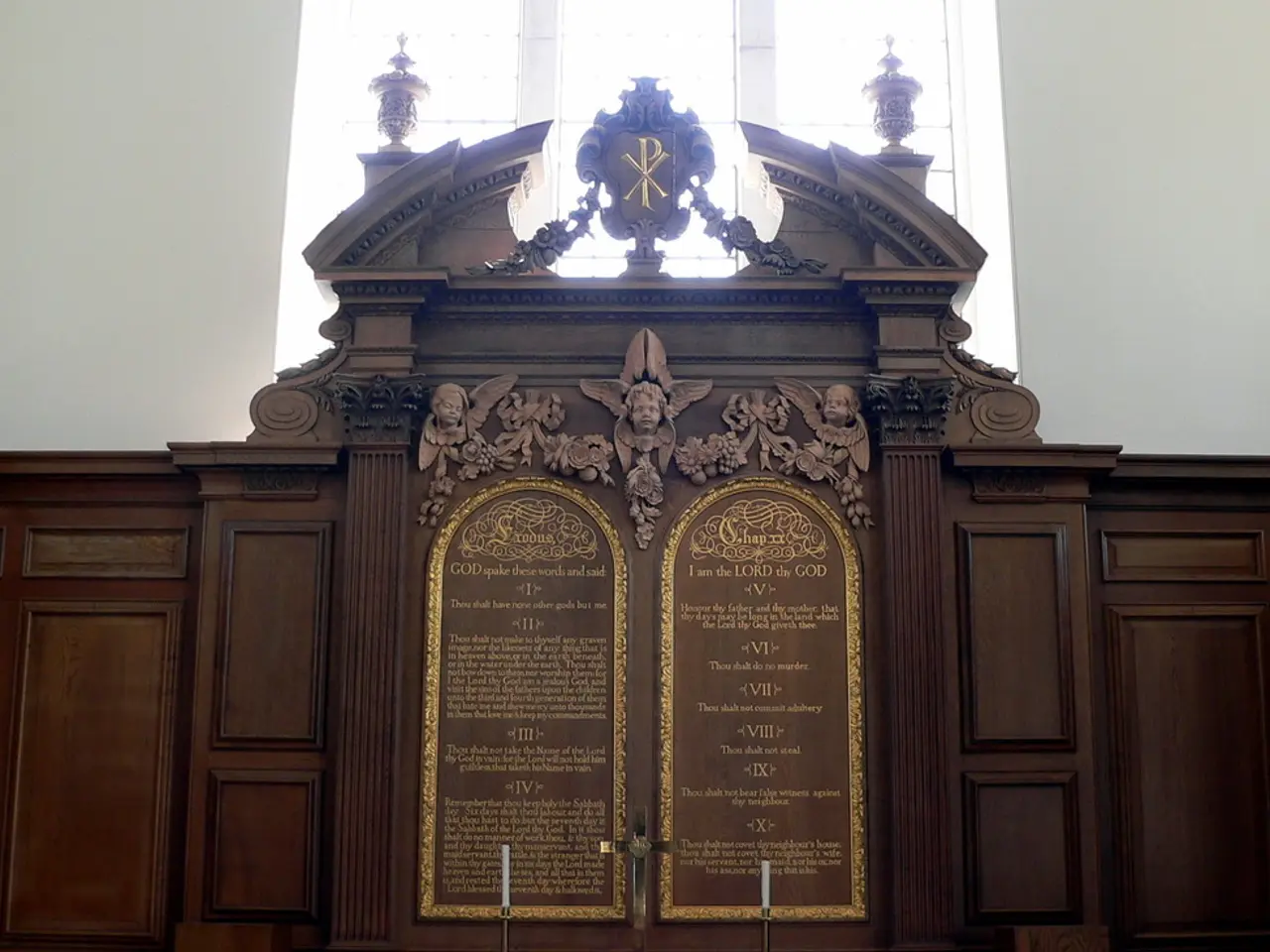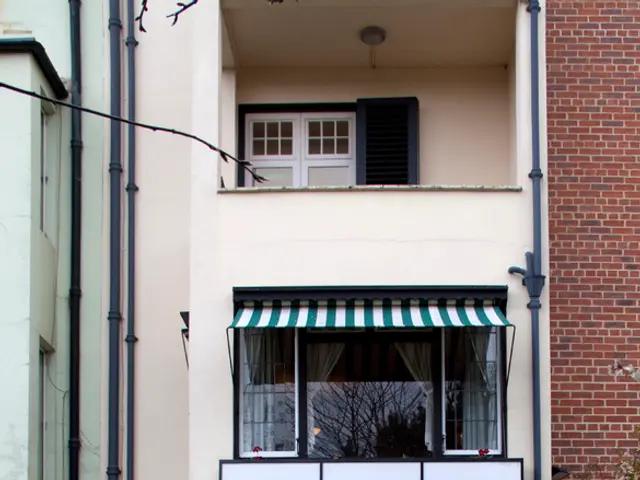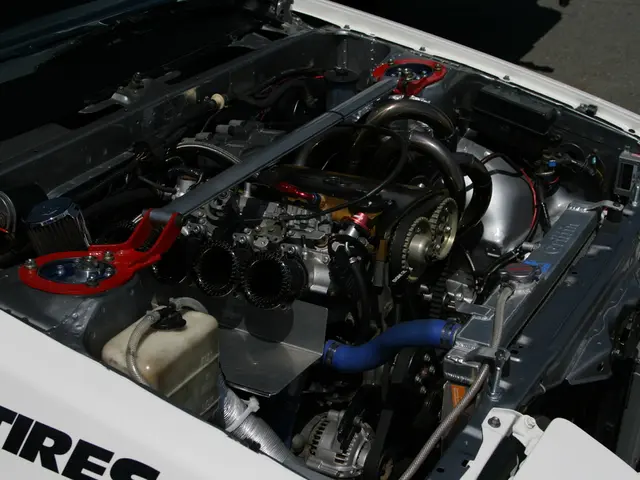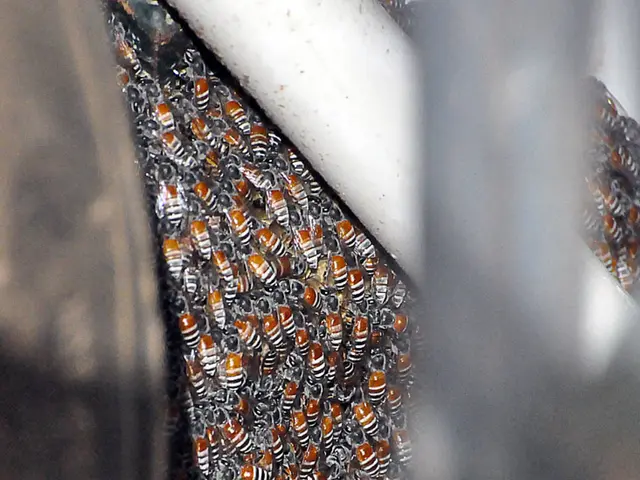Italians' Characteristic Features and the Significant Workshop
Nestled within the serene expanse of Villa Borghese, a public park in the heart of Rome, lies the Pietro Canonica Museum. This hidden gem is housed in the Fortezzuola, an 18th-century tower house that once served as a hunting lodge. The museum offers a unique glimpse into the life and work of renowned Italian sculptor Pietro Canonica, who chose Rome as his residence for the latter part of his life.
Pietro Canonica, a Piedmontese sculptor, was best known for his intricate and naturalistic sculptures. His works ranged from delicate carvings of children to busts of various nobility, as well as large monuments for countries like Russia and Turkey. Canonica's career was marked by a series of commissions from aristocrats in Italy and Europe, and his works were numerous and some were of considerable size.
Upon entering the museum, visitors are greeted by two life-sized sculptures: a tired-looking donkey laden with pouches and machine guns, and an alpine companion that appears lost. These sculptures, much like household pets, welcome visitors to one of the most evocative yet under-visited spots in Villa Borghese.
The museum itself feels like a "time capsule," with its courtyard featuring a well and orange trees, adding to its charm. Visitors can explore the lived-in spaces of the artist, which include his studio and private quarters, creating an intimate experience as if Canonica had just stepped away for a moment. The museum showcases Canonica's life and work, offering a unique insight into his artistic process through his sculptures, paintings, drawings, and studio tools.
The museum's setting within Villa Borghese, a large public park in Rome, enhances its appeal by providing a serene backdrop for appreciating Canonica's art. The park's design includes neoclassical temples like the temple of Faustina and Esculapio, which add an air of elegance to the surroundings. On Sundays, the area transforms into a festive spot for Roman families, providing a lively contrast to the tranquil museum.
The origins of Villa Borghese date back to Cardinal Scipione Borghese in the 1600s, and the park's redesign in the late 1700s was envisioned by Prince Marcantonio Borghese. The building known as the Gallinaro, which once housed animals for hunting parties, was restored into the Fortezzuola by Antonio Asprucci and Felice Giani. Today, the area around the museum is mostly frequented by cyclists and joggers, making it a peaceful retreat from the bustling city.
Pietro Canonica was a prominent sculptor during the Belle Époque, known for his technical skill and empathetic understanding of nobility. He continued his work during World War I, focusing on patriotic themes and religious works. He was later nominated a lifetime senator by Luigi Einaudi.
The Pietro Canonica Museum is a popular destination for visits by the assistant's grandmother, and it is highly recommended for anyone seeking a unique and intimate artistic experience in Rome. Entrance to the museum is free with the Roma Pass, provided it is used after visiting the first two attractions covered by the pass. So, why not plan your next visit to Villa Borghese and immerse yourself in the world of Pietro Canonica?
The Pietro Canonica Museum, housed within the Fortezzuola in Villa Borghese, offers a lifestyle immersion into the home-and-garden setting of a renowned Italian sculptor. Exhibiting Canonica's works, the museum showcases a unique blend of art and environment that transports visitors to a bygone era.




